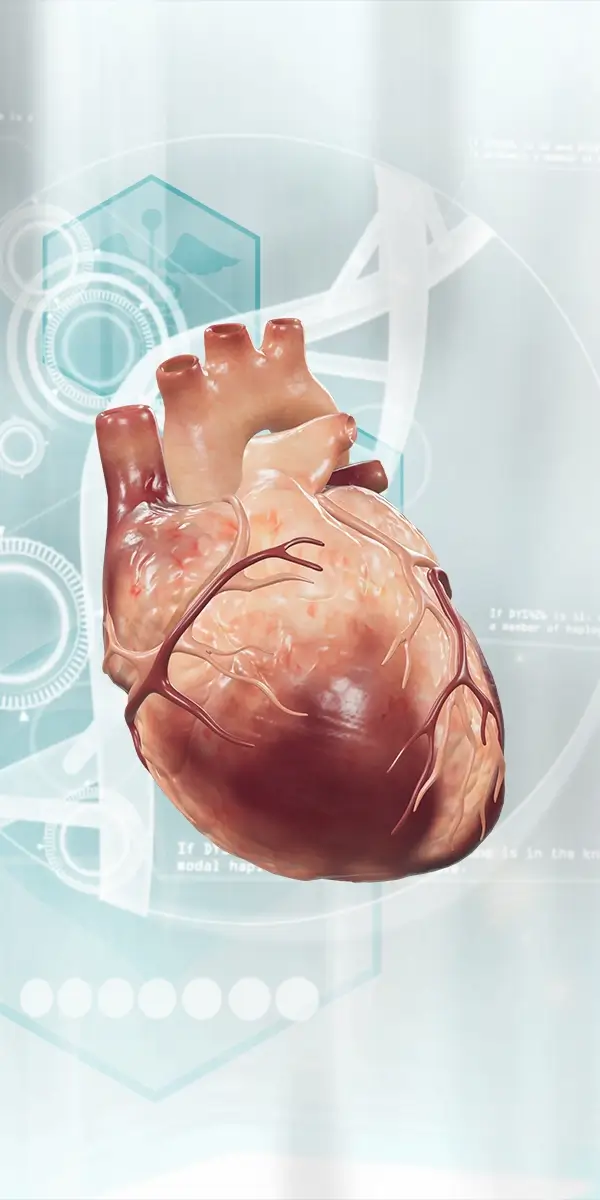Extended Reality (XR) technologies, which encompass Virtual Reality (VR), Augmented Reality (AR), and Mixed Reality (MR), have a wide range of applications in medical education. Here are some of the key use cases of XR in medical education:
Anatomy visualization
XR allows students to explore complex anatomical structures in an immersive and interactive manner. They can study detailed 3D models of organs, systems, and tissues, dissect virtual cadavers, and gain a deeper understanding of human anatomy.
Medical simulations
XR simulations allow students to experience realistic medical scenarios and practice decision-making under pressure. They can encounter virtual patients with various conditions, assess symptoms, make diagnoses, and perform treatments, enhancing their clinical reasoning and problem-solving skills.
Medical visualization
XR enables the visualization of complex medical concepts, such as molecular structures, cellular processes, and physiological mechanisms. Students can observe and manipulate virtual models, enhancing their understanding of these concepts and fostering a deeper appreciation for the intricacies of the human body.
Remote learning and collaboration
XR technologies facilitate remote learning and collaboration in medical education. Students can participate in virtual classrooms, attend lectures, and engage in collaborative activities with peers and instructors, regardless of their physical location. This is particularly beneficial for students in remote areas or those unable to attend in-person classes.
These are just a few examples of how XR technologies can revolutionize medical education by providing immersive, interactive, and engaging learning experiences. The use of XR in medical education has the potential to enhance student learning, improve clinical skills, and ultimately contribute to better patient care.


